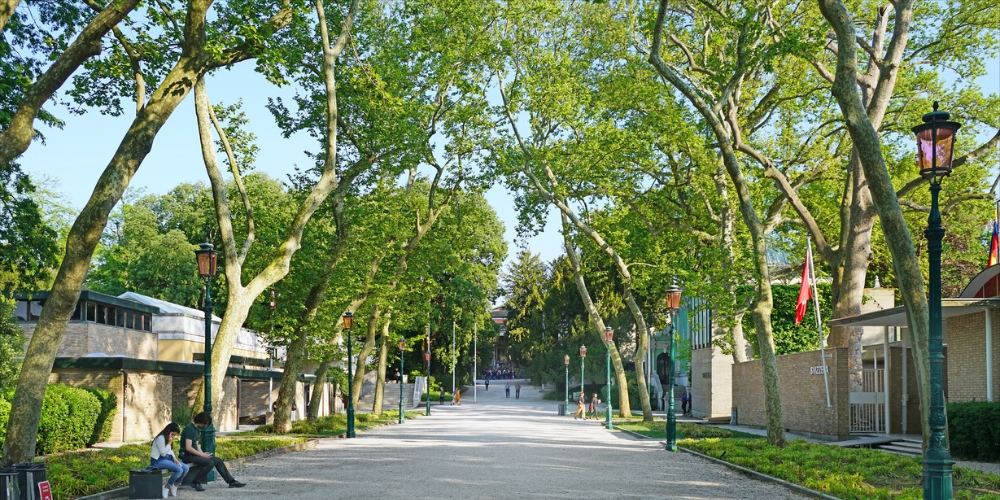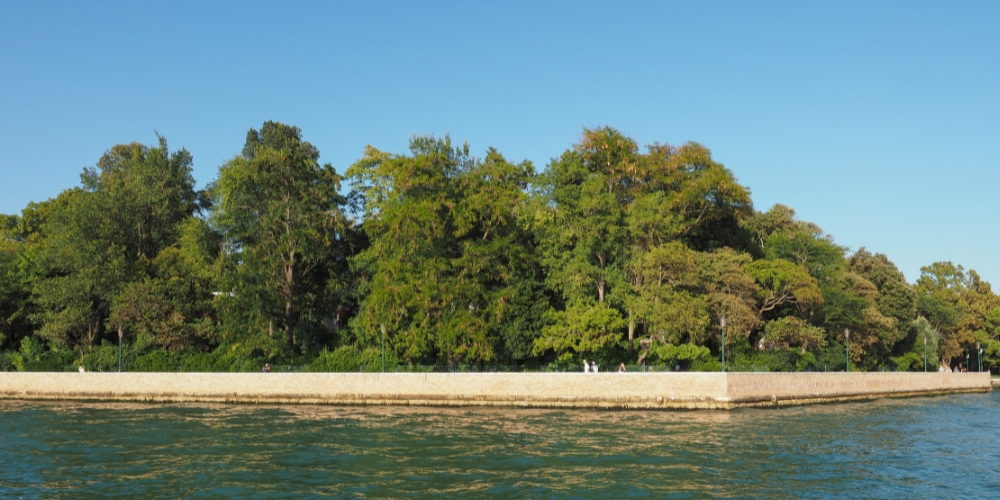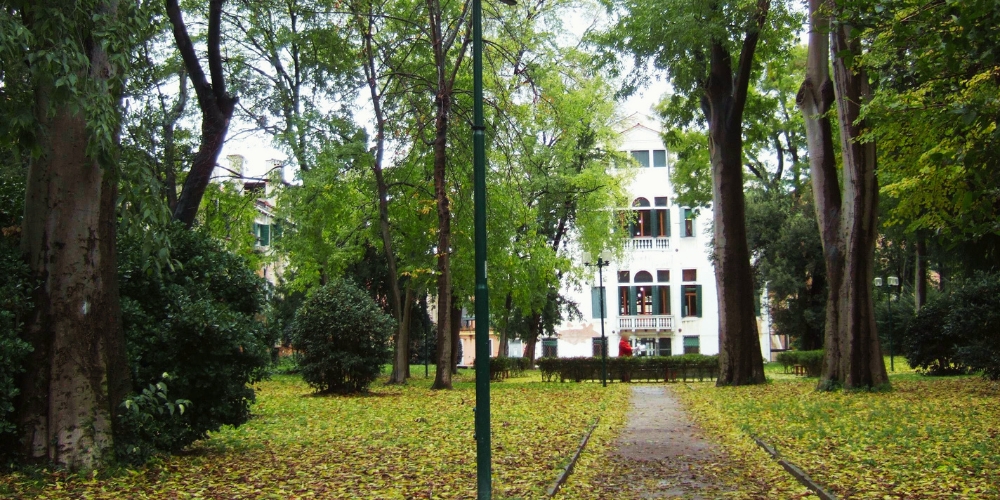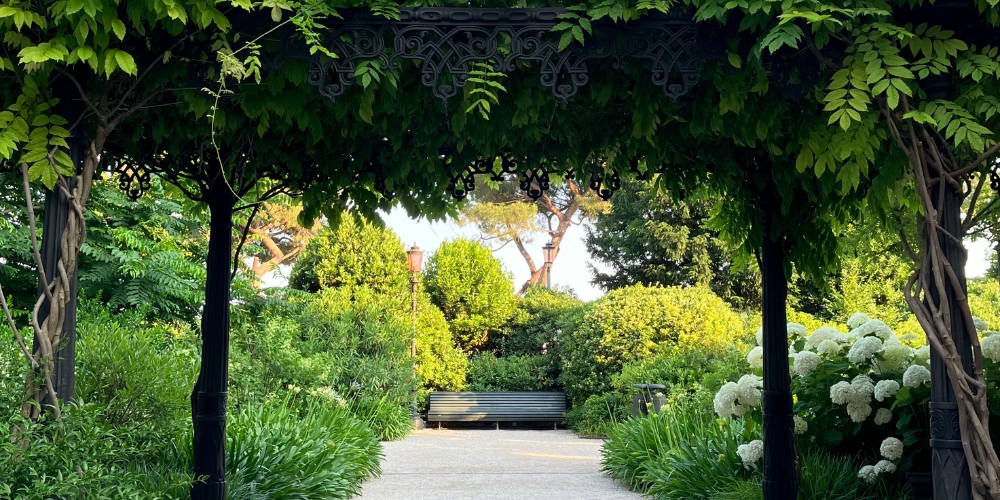When you think about Venice, water is the first image that comes to mind: it surrounds and crosses the city, and it is on water that the fame of the Venetian capital is based.
Venice is an oasis in the lagoon and for the unfortunate who have not yet visited it, it is difficult to imagine the presence of large parks and gardens where you can spend relaxing days under the sunlight and surrounded by clean air, away from crowds.
Although the city does not have high levels of smog in the air, a public garden becomes a place to take refuge among trees, plants, flowers and immerse yourself in the greenery to enjoy the gifts of nature, away from the huge crowds of tourists that every year concentrate in the streets and in the most famous squares of Venice.
The city is full of parks that are worth visiting. In this article I will accompany you on an itinerary among the best green attractions of the Serenissima.
To reach all these wonderful parks without any worries, rely on the Venice Pass, a single pass that gives you access to the main transport services in the metropolitan city of Venice, including entrance to the main tourist attractions.
5. Biennale Gardens: the Napoleonic gardens

The first stop I want to recommend is the Giardini della Biennale, also known as the Napoleonic Gardens. The gardens are located in the Castello district and represent the largest green area in the historic center of Venice. As the name suggests, the area is one of the venues of the International Art Exhibition, better known as the Biennale.
The park was founded in 1807 with the “Decree bearing various provisions in favor of the city of Venice”, a provision through which the need to create public green areas was established. It stands on the rubble of a series of churches demolished to obtain the space necessary for the construction of the green area, and was inaugurated in 1812. At the end of the 19th century, the garden was divided into two parts, one open to the public, the other granted to the Biennale that builds the Palazzo delle Esposizioni and 29 exhibition pavilions that still today are the main peculiarity of the garden.
The pavilions are designed and built by famous architects, each building is dedicated to a nation that installs its own representative works inside on the occasion of the Biennial Art Exhibition and Architecture Exibition.
The entrance to these Gardens is the statue of Giuseppe Garibaldi, with the Garibaldian Giuseppe Zolli behind him: a noir and mysterious legend is linked to this representation. Read here to find out.
4. Remembrance Garden

Not far from the Biennale Gardens, on the island of Sant’Elena, there is the Parco delle Rimembranze, also known as the pine forest of Sant’Elena.
The vast public park is the ideal place for a walk among the pines, along a path that runs along the San Marco basin. The garden is equipped with bathrooms, skating rink, soccer field, benches, playground area and is the ideal resting place for families and more.
There are also different varieties of pines, linden trees, English oaks, holm oaks, maples, elms, ginkgo, cedars of Lebanon and palm trees.
3. Papadopoli Gardens

In the Santa Corce district, near piazzale Roma, there are the Papadopoli Gardens, a historic green area of Venice.
Created in 1834 on commission by Teresa Mosconi, wife of Count Spiridione Papadopoli, the gardens originally housed very rare tree species and their beauty lay in the order and care with which the architect Francesco Bagnara had redesigned the natural landscape.
During the First World War, the gardens suffered serious damage due to bombing and in the 1930s they completely changed their appearance following the construction of Piazzale Roma.
Today the park has a very dense tree cover due to the presence of evergreen species such as cypresses, cedars and holm oaks; It is possible to come across hackberry, sophora, lime trees, and oaks. On the southern side of the park there is the Winter Garden of the Papadopoli hotel, designed by Pietro Porcinai in 1970.
2. Savorgnan Gardens

The Savorgnan gardens are located in the Cannaregio district and represent one of the most spacious green areas in the city. The public park is a clear example of the many gardens that overlooked the Rio di Cannaregio in the 1600s.
An unexpected oasis immersed in the shade of plane trees and horse chestnuts and shrouded in silence, the Savorgnan park was born as the private garden of Palazzo Savorgnan, now home to the Technical Institute for Tourism.
Born as a botanical garden in 1826, the park was purchased by the Galvagna family and was redesigned as a landscape garden. The garden was extended, soft slopes were created in the ground and tall trees were planted.
Today the park belongs to the Municipality of Venice and is accessible to the public. A perfect place to shelter from the hustle and bustle of the city and savor with your eyes a little green jewel hidden among the buildings. Among the best known plant species it is possible to recognize: hackberry, maple, lime, plane tree, ailanthus but also yews and holm oaks.
1. Royal Gardens

We conclude our trip with one of the most central green areas of the city. We are talking about the Royal Gardens of Venice, located between Piazza San Marco and the homonymous basin.
The history of the Royal Gardens dates back to 1807, when Napoleon initiated the reform project of the Marciana Area with the intention of using the Procuratie Nuove as the seat of the Crown and to include a large green area.
The project by the architect Mezzani involved the construction of an Italian garden that overlooked the San Marco basin. With the fall of Napoleon and the return of the Austrians, the Royal Gardens underwent a series of changes: two groves were inserted at the edge of the park and two tree-lined avenues were created that reflected the fashion of the English garden.
In more recent times, the Gardens have gone through a period of decline due to poor maintenance, resulting in a state of neglect of the structure. In 2019, thanks to the intervention of the Municipality and the Venice Garden Foundation, the public park underwent a landscape, architectural and botanical restoration that gave new life to one of the most beautiful and precious green oases in all of Venice.
The Royal Gardens are back to the glories of the past after they had ceased to shine for many, too many years due to neglect and mismanagement. Now that they are open again, the imperative is: do not miss the opportunity to visit them.










Lascia un commento